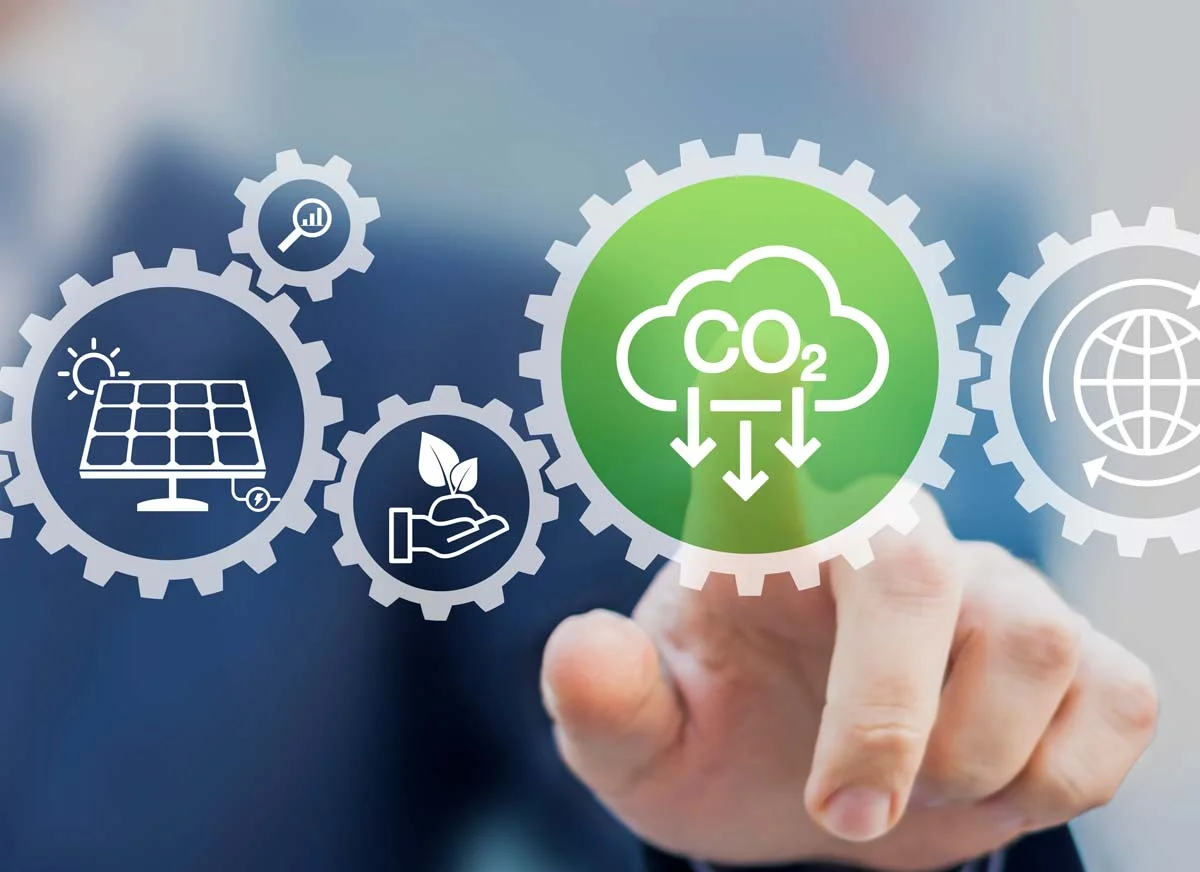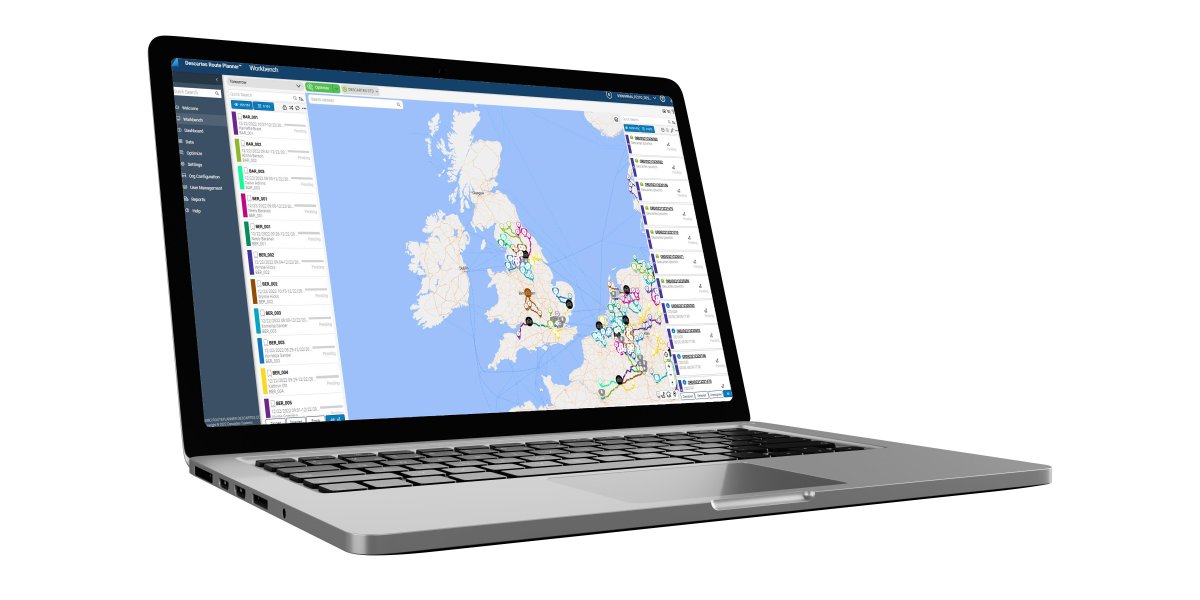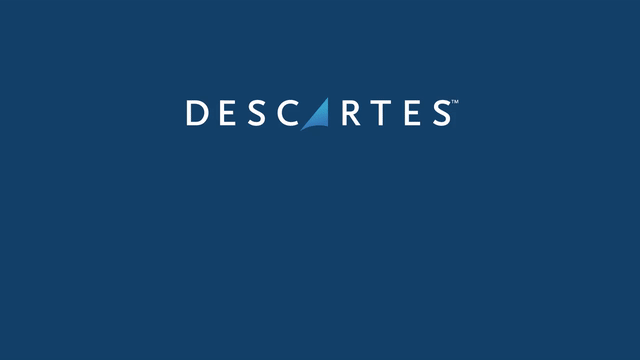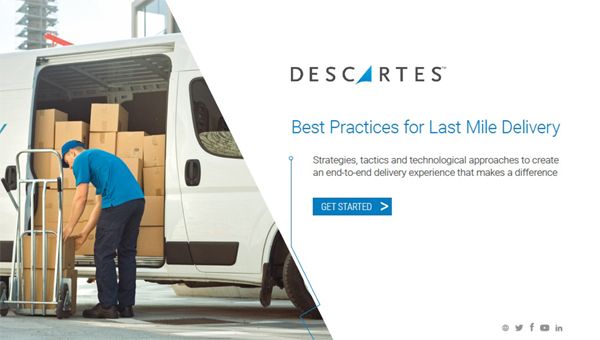Reduce your fleet’s CO2 emissions and save money

How can delivery planning & route optimisation software reduce your fleet’s CO2 emissions, (carbon footprint) and save you money?
Why do we need to reduce CO2 emissions, especially from HGV fleets?
In 2019 the UK’s CO2 emissions due to transport were 122Mt, 91% of which (111MtCO2e) came from road transport and of this Heavy Goods Vehicles accounted for 18% (19.5MtCO2e) and Vans 17% (19MtCO2e). HGVs also accounted for 13% of the UK’s Nitrogen Oxide (NOx) according to the Department for Business, Energy & Industrial Strategy.
Since 2019, during the Covid Pandemic, consumers and businesses became more reliant on online shopping and there was a large increase in home deliveries and an increase in the CO2 emissions from these deliveries.
Government action on CO2
Although the level of online purchases fell after the pandemic, the annual trend is still upwards. e-commerce retailers are still under pressure to improve deliveries; Climate change and lowering our carbon footprint are also becoming more important to consumers and influence buyer behaviour.
To encourage companies to be more environmentally friendly, the UK Government set a target for climate change in June 2021 to reduce emissions by 78% by 2035, compared to 1990 levels.
Reducing emissions from road transport will continue to be a priority and a significant challenge if the UK is to reach net zero by 2050. Reducing CO2 emissions of delivery fleets for environmental reasons is desirable and there are big cost savings to be made if the miles per delivery can be reduced and delivery density increased.

Descartes’ research into the attitude of consumers towards sustainability showed that 62% of consumers were dissatisfied with retailers’ current sustainability efforts and that that 40% would buy more from companies that could demonstrated their supply chains were more sustainable than competitors.
Tips to reduce your fleet’s carbon footprint and save money
1) Know the carbon footprint of your delivery fleet
It is first important to know what your current carbon footprint is and there are several companies and calculators to help you do this, however, when determining a HGV’s emissions the key variables are:
- The design and type of vehicle, its maintenance, and tyres.
- A vehicle’s weight, including payload.
- Whether it is a temperature-controlled vehicle, as refrigerated vehicles require additional generators to chill the container.
- The driving style of the driver and speed of the HGV.
- The fuel used, usually, diesel but alternatives are now starting to be used.

2) Delivery Route Planning will improve vehicle utilisation
If a delivery vehicle is always going out at full capacity and the route that is planned has deliveries as close together as possible then the miles per delivery will be minimised.
Calculating delivery routes and schedules is a time-consuming and complex task when done manually. But by utilising dynamic route optimisation and delivery scheduling software the task can be done quickly and easily. It will also consider all your possible deliveries so that where possible deliveries in similar locations can be made together to increase delivery density and reduce the cost per delivery. Scheduling systems that only consider next-day deliveries and calculate routes in daily batches can't do this, a solution that utilises continuous optimisation will provide the best results for delivery and route optimisation.

3) Improve your driver’s behaviour
If HGV’s accelerate hard, brake late or idle for long periods when loading or unloading, fuel is being wasted and CO2 emissions will be higher.
Deliveries can be made more environmentally friendly and aligned with sustainability objectives by implementing various efficiency techniques in the way your drivers operate.
These include:
- Minimising engine idling and waiting times
- Eliminating revving
- Reducing excessive speeding
- Comparing the fuel consumption of drivers and vehicles
An intelligent vehicle telematics system will help train drivers and reduce harsh acceleration or braking while also providing audible warnings when a vehicle is left idling for a set period of time.
All of the above can be monitored using vehicle telematic devices, with the recorded data being utilised to create reports on fuel efficiency for management. Incorporating these results into a league table of drivers will also encourage drivers to improve. Rewards can be given for positive behaviour and the information will pinpoint areas for improvement when instructing drivers to drive more economically. The telematics data can also be used to influence maintenance and repair schedules enabling savings on the associated costs of vehicle maintenance and service to be made, as well as reducing the time for repairs.
4) How to deliver into Clean Air Zones (CAZ)
Areas of low or ultra-low emissions are cropping up everywhere and fleet operators need to consider which vehicles are chosen for deliveries into these CAZ areas. An effective delivery planning solution will select the best vehicle in the fleet to make a delivery in a Clean Air Zone, keeping daily charges for entering these zones to a minimum. Read the latest on Clean Air Zones.
Electric vehicles, such as vans, automobiles, motorcycles, and e-Scooters and human powered bicycles all receive a lower or zero charge when entering a Clean Air Zone and all can make use of telematics and delivery route optimisation software. Vehicle routing software will calculate routes for alternately powered vehicles that are dependent upon range and battery. For bicycles it will even utilise cycle paths that are inaccessible to other types of vehicles. Delivery schedules can be modified to account for the varying speed profiles for each kind of vehicle and overlay real-time traffic information. The software will easily cope with a mixed delivery fleet of HGVs, vans, cars, motorbikes, scooters and bicycles, significantly enhancing the effectiveness of delivery. Organisations will increase the sustainability of their fleet’s delivery operations by adopting solutions that ensure these alternatively powered vehicles reach their potential in terms of the number of deliveries that can be made in their available range.
5) Move to alternative fuels or electric vehicles in your fleet
A delivery fleet cannot easily or quickly swap to a new fuel type such as Hydrotreated Vegetable Oil (HVO), hydrogen or electric power in one go, but will need to do so over time as vehicles come to the end of their lifetime or lease and need replacing. However, additional considerations will need to be taken into account, such as the distance an alternative fuelled vehicle can go before needing to refill/recharge. This can be included in the details about each vehicle and taken into consideration.
Vehicle Telematics systems can also be used to send information about the state of a vehicle’s fuel level or battery charge, back to the depot, enabling the available range to be monitored and deliveries changed.
While alternative fuels such as HVO and Hydrogen do reduce CO2 and carbon emissions, the cost of these fuels per mile of delivery is just as expensive, or in the case of HVO more expensive than diesel, (£1.80/litre HVO v. £1.40/litre diesel, at the time of writing). Optimised delivery route software that helps to reduce fuel usage, whatever the fuel is essential for a fleet aiming to drive down its costs.
6) Optimal delivery routes
Does your delivery vehicle take the best route possible and follow the provided route plan, or do your drivers select their own routes?
Descartes’ Route optimisation software considers the traffic flows and average speed of roads, the time of day and the direction of travel along roads in order to select the most efficient route for your deliveries. If the driver does not follow the route they may be covering more miles and burning more fuel. Using route optimisation software that enables delivery schedules to be sent to drivers' mobile in-cab devices and even provides turn-by-turn navigation will help drivers to use the most efficient route and save money.

7) Deliver the first time, every time
Ensuring that each delivery is successful at the first attempt is vital to reduce the number of trips and keep CO2 emissions and costs down. Reducing missed deliveries can be minimised by sending of automated notifications to keep customers updated about the status of their deliveries. Automated customer notification save time for the driver, removing the need for them to phone or text customers. The notifications are sent automatically for various reasons and at certain events during the delivery cycle, such as reminding customers a day before their delivery, providing real-time updates on delivery progress, warning customers about upcoming or impending deliveries once the delivery before theirs has been made, informing them of delays or an expected late delivery, and then sending proof-of-delivery notifications with pertinent information and a delivery picture back to the office. This also eliminates any debate should there be a query of loss, damage or quality of delivery. Automated customer notifications sent via, SMS, email or app, offer an effective method of customer communication that promotes client retention and satisfaction while also assisting in customer loyalty and future revenue growth.
If goods need to be returned to base for a second delivery on a subsequent day this uses more than twice as much fuel, prevents another delivery from being made and annoys the customer. Giving accurate delivery ETAs within a narrow time frame will help to ensure that customers are present for their delivery. Good delivery planning and route optimisation software will enable this to happen.
Benefit from more sustainable practices

Commercial road transport operators must grasp the opportunity today to adopt the latest software solutions to make every delivery more efficient. As the number of home deliveries increases because of the sustained growth in eCommerce, so retailers must consider the environmental impact and cost. Delivery fleet operators must try to reduce their CO2 emissions and costs by introducing operational improvements now and making a conscious effort to reduce their carbon footprint. Better for the environment is also better for business.
Descartes' dynamic delivery route planning and optimisation software will enable you to deliver more with your existing drivers and vehicles. Miles per delivery will be reduced, delivery density increased, and CO2 emissions reduced.
Contact us for more information on how Descartes’ delivery planning and route optimisation software can help your company reduce its CO2 emissions and save money.




